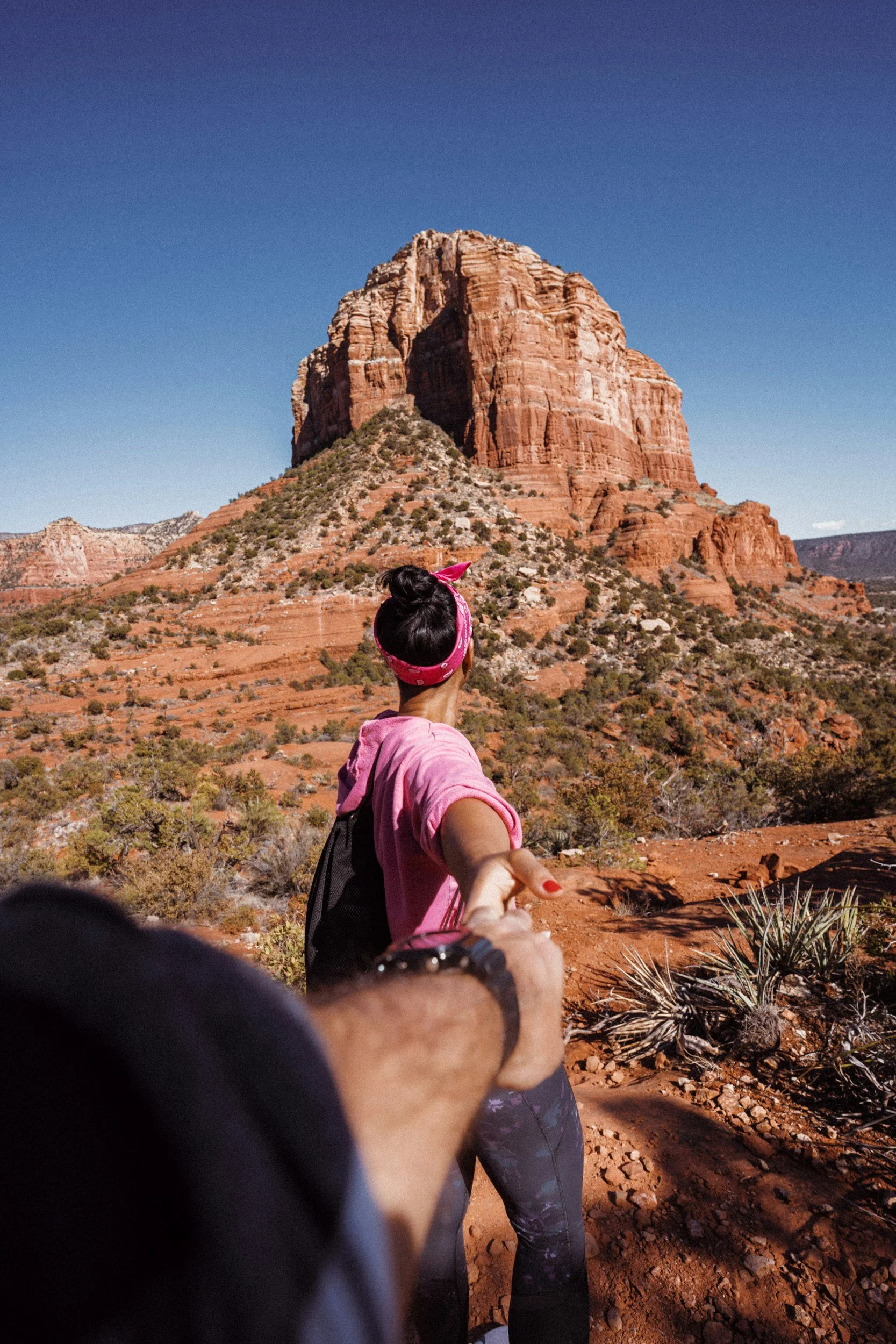Staying Safe During Natural Disasters While Traveling
Natural disasters can strike unexpectedly, causing widespread damage and disruption. Being prepared for the worst, even when you’re away from home, can significantly reduce the risks to your loved ones and help you stay safe during even the most chaotic incident. If you are unfortunate enough to suffer a significant injury, seek medical assistance immediately once you are in a safe location.
Overview of Common Natural Disasters
Natural disasters can take many forms, each with its unique challenges and safety considerations. Common types of natural disasters that occur across the world include:
Hurricanes: Powerful storms characterized by storm surges, heavy rainfall, and strong winds.
Earthquakes: During an earthquake, there is a sudden and violent shaking of the earth’s surface, which is caused by movement along fault lines.
Floods: Excess water overflowing from oceans, lakes, rivers, or other bodies of water surges into low-lying areas.
Wildfires: A wildfire can quickly burn through natural vegetation and threaten human habitats, often caused by careless activities or lightning strikes.
Tornadoes: Violent rotating columns of air that can cause significant damage to property and pose a threat to human life.
Tsunamis: An underwater earthquake, landslide, or volcanic eruption can cause large ocean waves that strike nearby landmasses with exceptional force.
You should be aware of the most likely natural disasters in your region and any area of the world you plan on traveling through. To be better informed about potential hazards during a specific travel season, research the area’s local history, subscribe to weather alerts, and consult with emergency management officials if your research turns up anything worrisome. You can then tailor your emergency preparedness plans to address specific risks.
Pre-Disaster Preparedness
Developing an emergency plan for your entire travel group is vital. Your emergency plan should thoroughly cover meeting points in case the group is split up, communication methods that are effective during power outages, and evacuation routes to safety. Go through the emergency plan with every member of your travel group to ensure your party is ready to go in an emergency situation.
You should put together an emergency kit with essential supplies, which may include non-perishable food, water, medications, first-aid supplies, flashlights, and important travel documents. Customize your kit as needed based on what natural disasters you are most likely to encounter on a given trip.
Staying Safe During the Disaster
If you find yourself caught in a natural disaster, follow the guidance of local authorities regarding evacuation or shelter-in-place orders. As soon as an evacuation order is given, vacate the area using a designated route that avoids damage and flooding.
Stay informed about the disaster by listening to emergency broadcasts, following official social media channels, and using weather apps. Although this is a stressful situation, do your best to remain calm and stay focused on what’s happening around you.
Post-Disaster Safety
After the disaster, assess the areas outside of your hotel or lodging for structural damage, gas leaks, or other hazards. If you observe visual damage, keep your distance and avoid downed power lines at all costs. In the aftermath of the event, prioritize health and hygiene by seeking clean water, managing food supplies, and practicing proper sanitation as best as possible. Seek medical attention for injuries and stay aware of any symptoms of shock or trauma.
Long-Term Resilience
Building resilience for future disasters requires us to collectively learn from past experiences and take proactive steps to ensure a safer environment for all. Reassess your emergency plan frequently and make necessary adjustments based on observations of potential natural disasters in your area.
If you experience a natural disaster, you may find it beneficial to seek mental health support to cope with the emotional impact of such a significant event. Mutual aid efforts and community involvement can help you immerse yourself in the culture of the area you’re traveling through as locals work to rebuild and recover.
We hope this article helps you gain a better sense of the types of natural disasters you can encounter while traveling, how to prepare for dangerous situations, and how you can protect yourself and your travel companions in an emergency.









